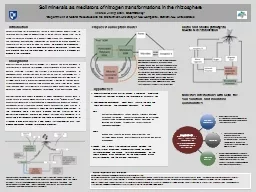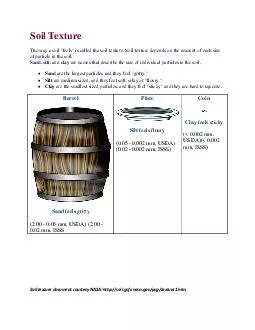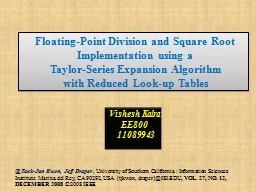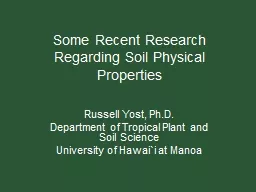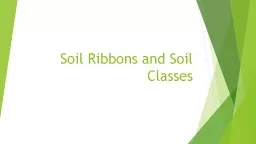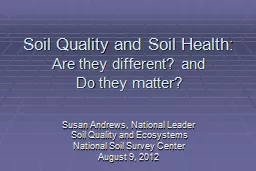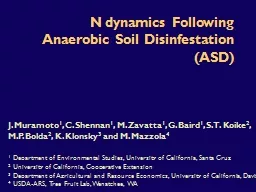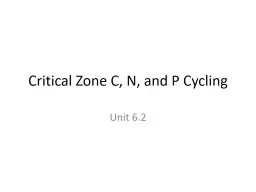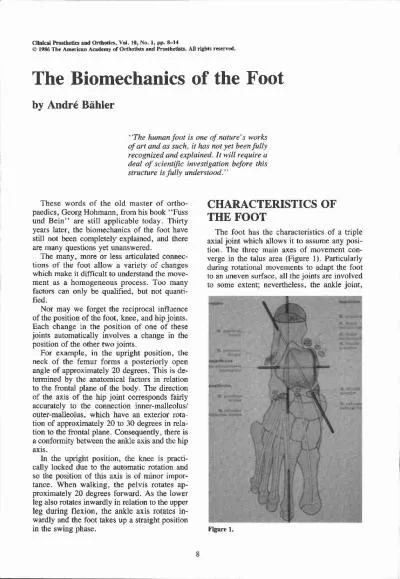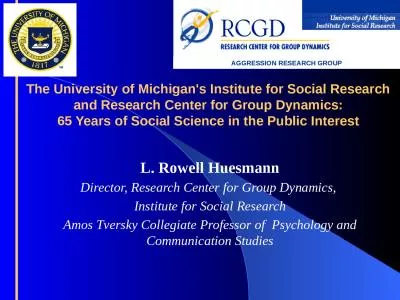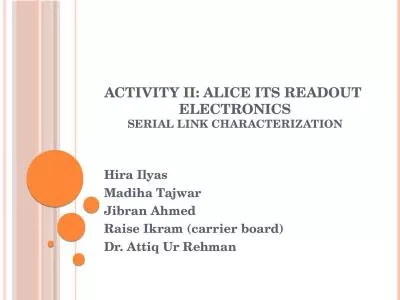PPT-Recent research on soil N dynamics has shifted in focus fro
Author : alexa-scheidler | Published Date : 2017-05-18
2004 argued that depolymerization and subsequent plantmicrobial competition for Ncontaining organic monomers regulates N availability Building upon this model
Presentation Embed Code
Download Presentation
Download Presentation The PPT/PDF document "Recent research on soil N dynamics has s..." is the property of its rightful owner. Permission is granted to download and print the materials on this website for personal, non-commercial use only, and to display it on your personal computer provided you do not modify the materials and that you retain all copyright notices contained in the materials. By downloading content from our website, you accept the terms of this agreement.
Recent research on soil N dynamics has shifted in focus fro: Transcript
Download Rules Of Document
"Recent research on soil N dynamics has shifted in focus fro"The content belongs to its owner. You may download and print it for personal use, without modification, and keep all copyright notices. By downloading, you agree to these terms.
Related Documents

